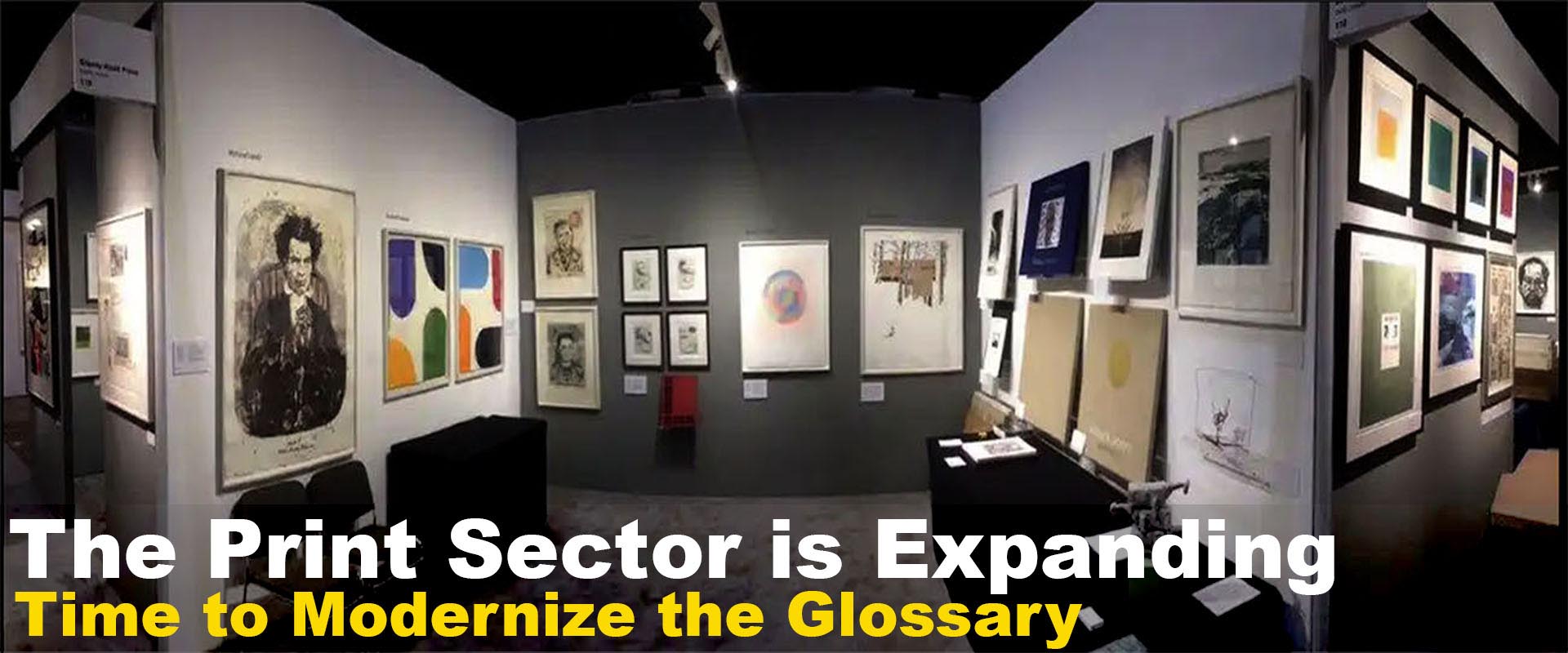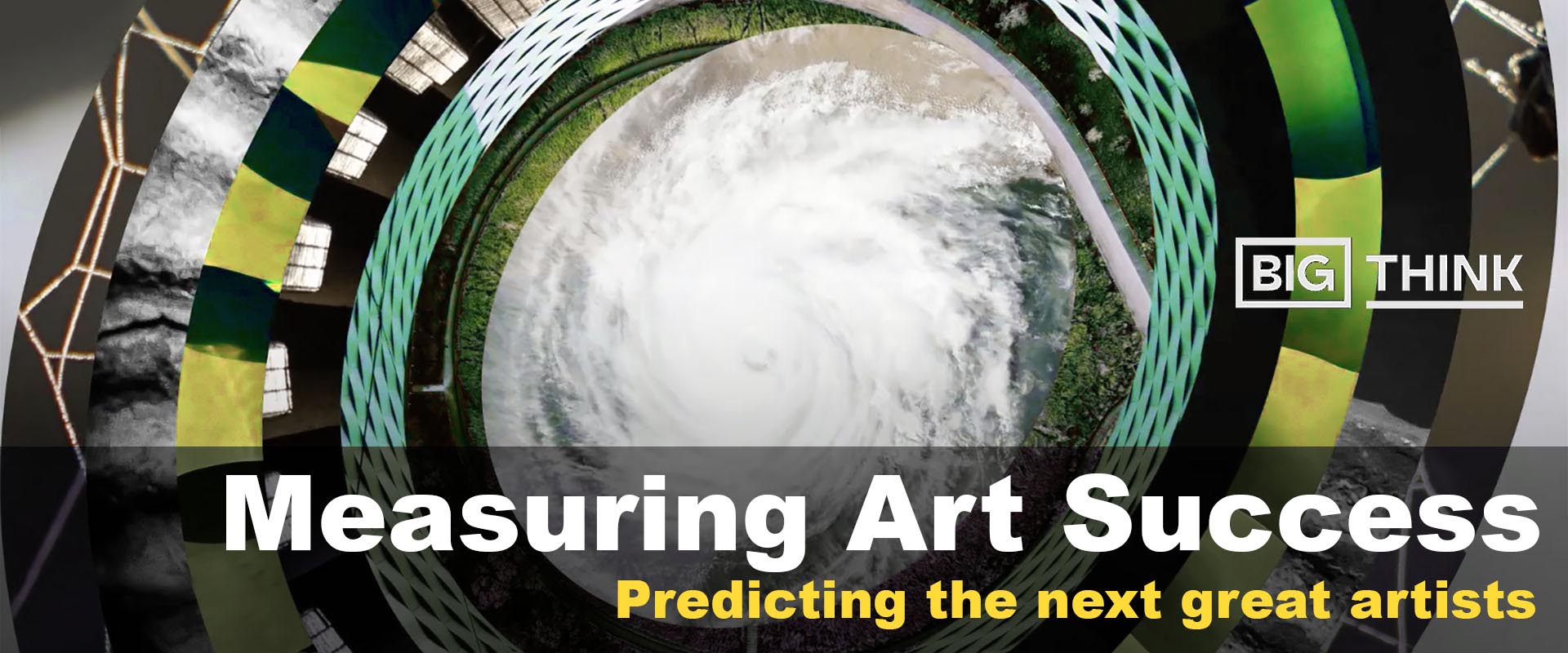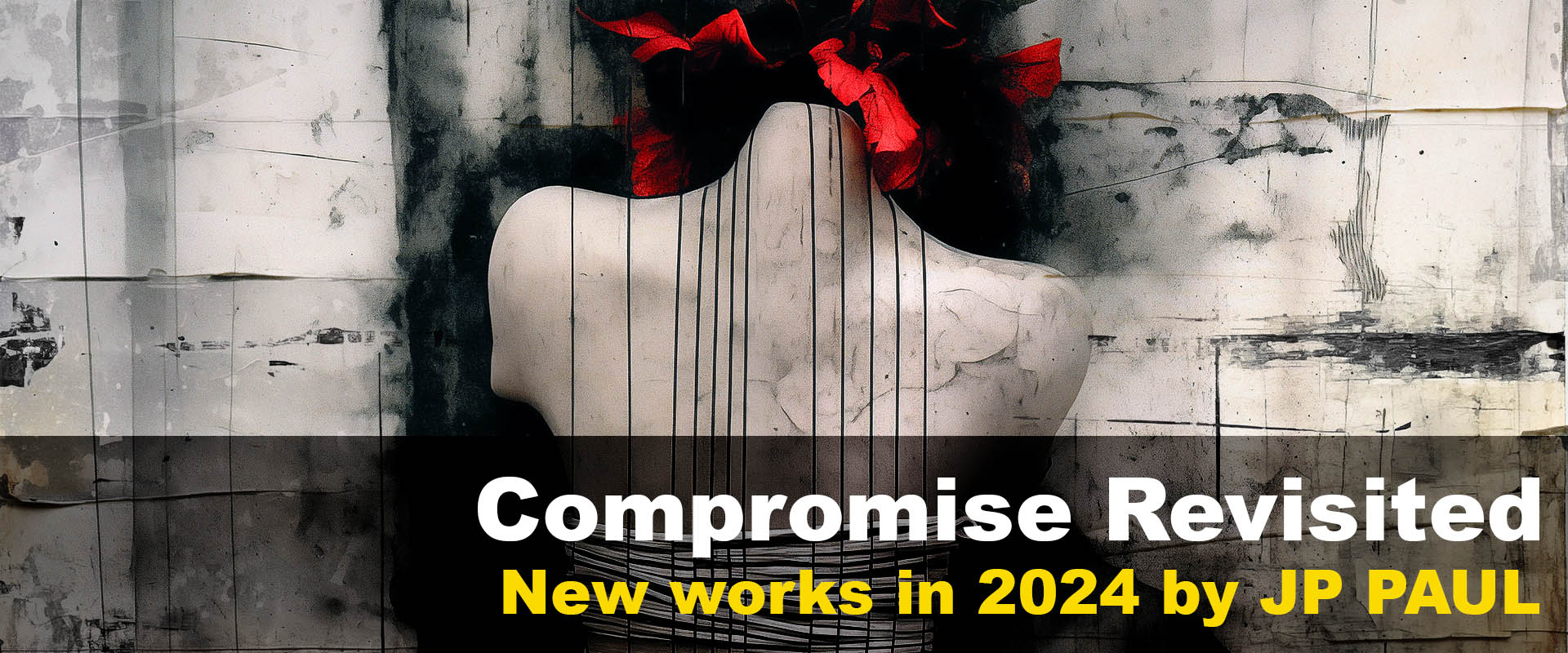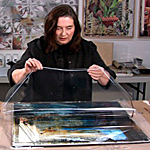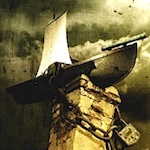Art21.org is an award-winning website dedicated to contemporary fine art education based on their Peabody Award-winning biennial documentary series, "Art in the Twenty-First Century." If you live in a region where PBS is not available on television, many of the videos and materials are available for viewing in various online formats.
From the Art21 website: "Art21 serves educators and their students by providing free materials and programs devoted to the exploration of contemporary art and artists, including the widely distributed Educators Guides. It also recently launched Art21 Educators, a year-long professional development initiative designed to cultivate and support K–12 educators interested in bringing contemporary art, artists, and ideas into their classrooms."
The programs and website document the work and methods of dozens of leading contemporary artists worldwide. It answers many of the who, what, why and how questions many people continue to have when viewing 21st century art. By humanizing the artists, Art21 helps us understand their creative processes and provides valuable insight into their techniques. Artists pages include overviews, production videos, interviews, images and text along with activity suggestions for educators. Truly an excellent resource for anyone who appreciates contemporary visual art. Visit the site at http://www.art21.org.
Bonnie Lhotka is a pioneer in alternative digital printing processes. Her books, seminars and workshops are widely acclaimed as some of the finest available today for anyone wishing to push digital imaging far beyond inkjet printing. I've read most of her books and refer to them often in my work. They are easy to follow step-by-step and very thorough with enough tips, tricks and suggestions to satisfy both beginners and advanced artists. Just add your creativity and let it whirl.
Caveat: Don't expect to run down to your local printing shop and ask them to try any of these materials on their production printers, nor will you wish to pass some of these custom-prepared substrates through your own main printer until you've mastered the preparation techniques. What I've found best is to buy a used Epson Stylus Pro (available in 17", 24" and 44" widths) either for personal use or for a group and treat it as a disposable item. With proper care and careful adherance to maximum substrate thicknesses, you shouldn't have a problem . . . but it only takes one stray hair or gesso clump to crash a very expensive printer head!
Despite the inherent risks when putting manipulated materials through delicate printers, I personally believe that this hands-on approach to digital printing eliminates much of the reluctance that many have for "computer" art. Finished pieces become one-of-a-kind, results are less predictable and they have a definitive time and place. Each work exudes more of the personal artist-work relationship that a technology layer can often obscure while unique processes can more readily be attributed to the specific artist. In essence, I believe alternative printing often defines the difference between mere computer picture printing and digital fine art.
For more information, visit the following websites: Digital Art Studio Seminars , Bonnie Lhotka's website and the Digital Atelier.
Teodoru Badiu is a Romanian digital-imaging guru based in Vienna, Austria. While many computer-based artists hide their techniques like their last nickel for fear of copying or losing their market edge, Teodoru openly shares his skills in a series of easy-to-follow tutorials based on five of his own works. Hats off for giving us a peek into the methods of this fine digital artist.
For more information, visit the following website: http://www.apocryph.net/tutorials.html.
 Art21.org is an award-winning website dedicated to contemporary fine art education based on their Peabody Award-winning biennial documentary series, "Art in the Twenty-First Century." If you live in a region where PBS is not available on television, many of the videos and materials are available for viewing in various online formats.
Art21.org is an award-winning website dedicated to contemporary fine art education based on their Peabody Award-winning biennial documentary series, "Art in the Twenty-First Century." If you live in a region where PBS is not available on television, many of the videos and materials are available for viewing in various online formats.
